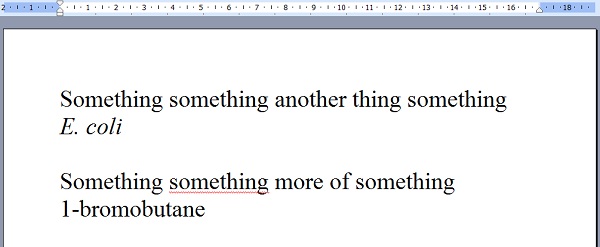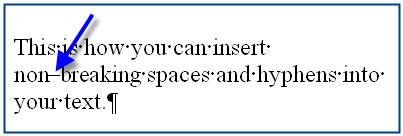

Our tips on MS-Word make your life easier and increase your productivity at work. You should click this button to be able to see what exactly is separating the lines. You can toggle the visibility of this character by clicking a button given on the Home tab in MS Word. In MS-Word, paragraph break is represented by invisible character (¶) which looks like a horizontally flipped P letter. And I wanted this list to become a comma separated list (CSV) so as to use it somewhere else. I was processing a long list of email addresses with one email address per line. Today, while doing a bit of data processing, I was required to remove all the line breaks (carriage return) in an MS-Word document and replace line breaks with a comma. There are several names line break, new line, carriage return, paragraph break etc. There are severl characters that act as line break. Just use your best judgment.When we see two lines of words in an MS Word document, we don’t get to see what is separating them.

Otherwise your previous line will have a lot of extra space between/within words, which may look a little awkward. If you’re controlling the line wrap of your paragraphs using either of these techniques, and your paragraphs are full-justified (meaning they have straight edges at the left and right margins), you’ll want to be careful you’re not wrapping too long a word to the next line. They’re just the way that the Show/Hide feature represents the different space characters. None of those little dots, solid or open, ever prints. The non-breaking one is an open circle, while the regular space is a dot.īut don’t worry. Notice how, when Show/Hide is turned on, the on-screen representation of a non-breaking space is different than the regular space character. To do this, you need to insert a non-breaking space between the words “unduly” and “burdensome.” Just delete the existing regular space between the words and insert a non-breaking space by using CTRL-SHIFT-SPACE. What if you wanted to keep the words “unduly burdensome” on the same line, but the line broke naturally after “unduly”? The new “soft” hyphen will look the same as the old one, but it’ll never allow a line break in the middle ever again. To put one of those babies in, just delete the hyphen you already have and, with your cursor still in place between the words you want hyphenated, press CTRL-SHIFT-HYPHEN (yes, that’s all at the same time, so you’ll need a little coordination to pull this off). To prevent that from happening, you need a different kind of hyphen than the standard one you see on the keyboard right next to the number zero. In some instances (and for some people), this really isn’t a problem. The problem with putting a hyphenated word at the end of a line is that the line could break right at the hyphen character.

These days? Not so much.īut you can still stop awkward breaks - hyphenated words or other groups of words that need to appear together on a single line - with a quick three-key combination. But at least then you had total control over where the line break was. Yes, it was a pain in the neck compared to typing on a word processor. Please.) Every time you heard that little ding when you approached the right-hand margin, you knew you needed to reach up, hit that bar over on the left side, and return the platen to the left margin to start a new line.

Remember typewriters? (Those of you too young to remember those, just skip this part.


 0 kommentar(er)
0 kommentar(er)
